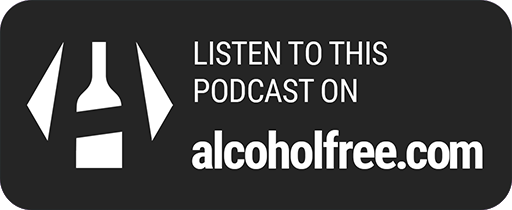VIMHS

VIMHS
How Canada defines poverty: the Market Basket Measure
How Canada defines poverty: the Market Basket Measure
How Canada defines poverty: the Market Basket Measure
Wednesday 21st December 2022
Discover how Canada measures poverty with the Market Basket Measure and its real-world implications on People First Radio.
22 minutes
Informative
Empowering
Educational
Thought-provoking
Raw
About this podcast
Author:
VIMHS
Overview:
Categories:
Sobriety Toolkit
Sexual Empowerment & Identity
Community & Support Networks
Policy & Advocacy
Body & Mind
Links:
Visit site
Episodes:
248 (View all)

Do you want to link to this podcast?
Get the buttons here!Decoding Poverty in Canada: The Market Basket Measure Explained
The Market Basket Measure is the line they have to meet, but we have to compare that to what their income actually is.
Ever wondered how Canada defines who lives below the poverty line? This episode of People First Radio breaks it all down with a focus on the Market Basket Measure (MBM), the country's official poverty gauge. Featuring an insightful conversation with an economist from Statistics Canada, the episode unpacks the five main components of the MBM: food, clothing and footwear, shelter, transportation, and other necessities.
Interestingly, while most of these are straightforward, the 'other necessities' category takes a different approach by not pricing a specific list of items. Instead, it considers a broader range of essential needs. The podcast also touches on the effects of the Covid-19 pandemic on poverty rates in Canada. During the pandemic, government income supports led to a significant drop in poverty rates by more than a third in 2020.
However, this trend might not hold as inflation could cause MBM values to rise faster than incomes. The episode also doesn't shy away from discussing the limitations of the MBM, such as its challenges in reflecting the unique circumstances of remote communities and diverse family compositions. This episode offers a thorough understanding of how poverty is measured in Canada and why it matters.
It's perfect for anyone looking to grasp the complexities behind poverty statistics and the real-world implications of these measures. Tune in to gain a clearer picture of what it means to live below the poverty line in Canada and how these numbers impact lives across the nation.
